Businesses are constantly seeking ways to improve collaboration, productivity, and communication among their teams. One company that has successfully embraced these objectives is Barry Callebaut, a global cocoa processor. Over the past ten years, Barry Callebaut has embarked on a transformative journey with Google Workspace, utilising its suite of cloud-based tools to enhance its operations. In this blog post, we will explore the highlights of their journey, including the challenges they faced, the benefits they gained, and their commitment to change management. The following blog post will cover the keynote that Christ Biebuyck, IT Infrastructure Manager Europe & Collaboration Services, and Raphael Wermuth, Head of Digital Communications at Barry Callebaut gave at Devoteam G Cloud Day 2023 at Google Brussels on the 6th of June.
About Barry Callebaut
As a key player in the global chocolate industry, the company partners closely with renowned brands like Oreo, Ben and Jerry’s, Tony Chocolonely, and Magnum, providing them with high-quality chocolate products. With a focus on innovation and sustainability, Barry Callebaut is dedicated to making sustainable chocolate the norm and has already achieved traceability for 50% of its products, and is working on the other half.
The Initial Phase: Adopting Google Workspace
About ten years ago, Barry Callebaut made the strategic decision to transition from Lotus Notes, an IBM service, to a cloud-based solution. This shift was driven by the need for seamless collaboration across devices and locations. The company initiated a competitive evaluation, inviting IBM, Microsoft, and Google to present their cloud offerings. After a rigorous evaluation process, Google Workspace emerged as the preferred choice, as it fulfilled Barry Callebaut’s requirements for collaboration and accessibility.
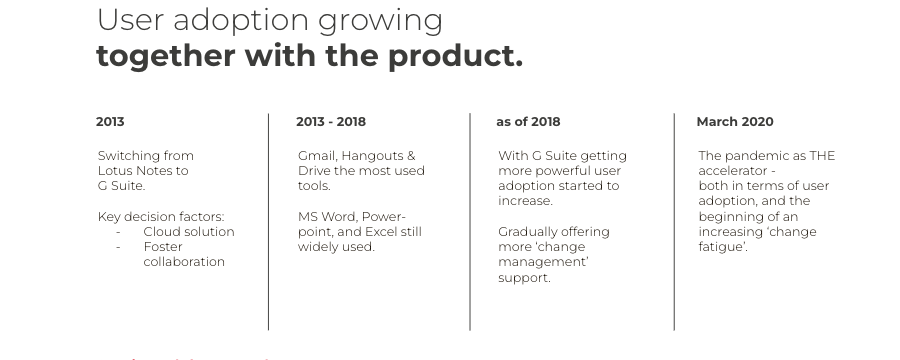
The adoption of Google Workspace at Barry Callebaut began in 2013, starting with basic tools such as Gmail, Calendar, and Google Groups. The company focused on change management, providing extensive training and support to employees during the transition. Additionally, they developed applications using Google App Engine and utilised Google Drive to foster collaboration and reduce reliance on file services. Though they retained Excel for certain tasks, Google Sheets gained traction within the organisation.
The Impact of the Pandemic on Accelerated Adoption
In 2020, the COVID-19 pandemic forced organisations worldwide to embrace remote work and digital collaboration tools. Barry Callebaut’s transition to Google Workspace proved invaluable during this challenging time, as the company seamlessly adapted to remote work using tools like Google Meet.
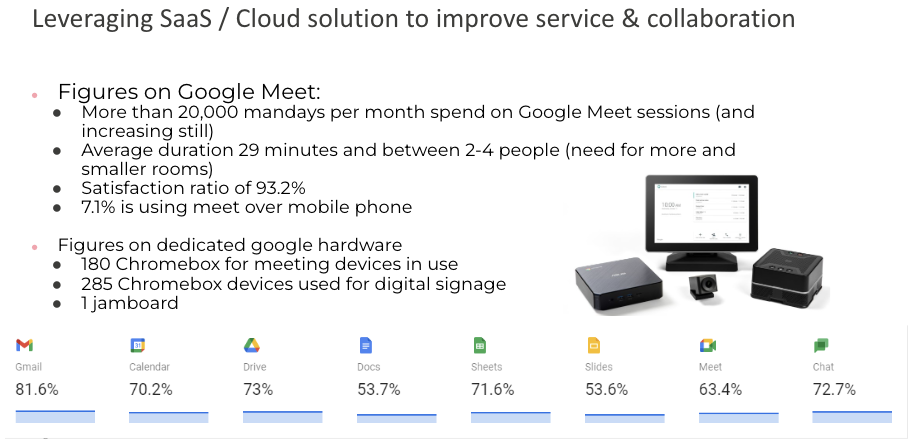
They observed a significant surge in Google Meet usage, reaching over 20,000 monthly sessions. The successful adoption of Google Workspace also led to improved productivity, as employees leveraged the suite’s diverse features for efficient collaboration and communication.
Recognising the need for continuous change management and support, Barry Callebaut established weekly training sessions to educate employees on new features, productivity tips, and best practices within Google Workspace. These sessions started as merely a newsletter, and the entire organisation would be invited to them.
The sessions addressed the rapid pace at which Google rolled out updates, ensuring that employees remained up-to-date and could fully leverage the tools’ potential. In addition, the company fostered an internal community through a social intranet based on Google Workspace tools, promoting knowledge sharing and collaboration among colleagues.
The Birth of Google Owls
To share internal knowledge and nurture collaboration between colleagues, Google Owls were introduced. The Google Owls Academy is a worldwide network of Google Workspace experts who undergo a rigorous 12-month training program. To recruit 100 ambassadors, the project exceeded expectations, attracting 120 dedicated individuals. The initiative aimed to empower participants with advanced training, follow-up sessions, and examinations, ultimately leading to official recognition as Google Owls experts.

To establish the Google Owls Academy, a knowledge base was essential. Leveraging various Google tools, the team created the “knowledge tree”— a central hub where participants could find all the resources they needed. The knowledge tree included checklists, training sessions, examination schedules, and even the Google Owl oath, symbolising the commitment to share knowledge and promote Google Workspace within their organisations.
The Google Owls Academy fostered a supportive community of experts. Through a dedicated chat space called “The Nest,” participants engaged in conversations, shared tips and tricks, and sought advice from fellow Owls. Becoming a Google Owl was both challenging and rewarding. To activate participants, they were required to actively participate in training sessions, pass examinations, and contribute by writing tips and tricks for their colleagues. Their progress was tracked using a unique point system displayed on a board game-like visualisation made their progress tangible. This gamified approach motivated participants to excel and reach the pinnacle of becoming a Google Owl.
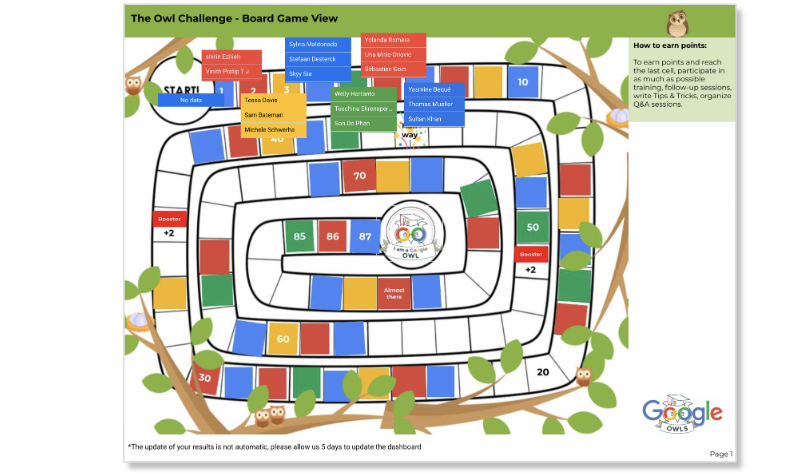
With an average of 3,5h a month of participation in training sessions and extensive feedback from over 100 participants, the program has achieved high levels of engagement and satisfaction. While it’s challenging to quantify the exact impact of the Academy, improvements in task efficiency, reduced reliance on email, and increased collaboration have been observed.
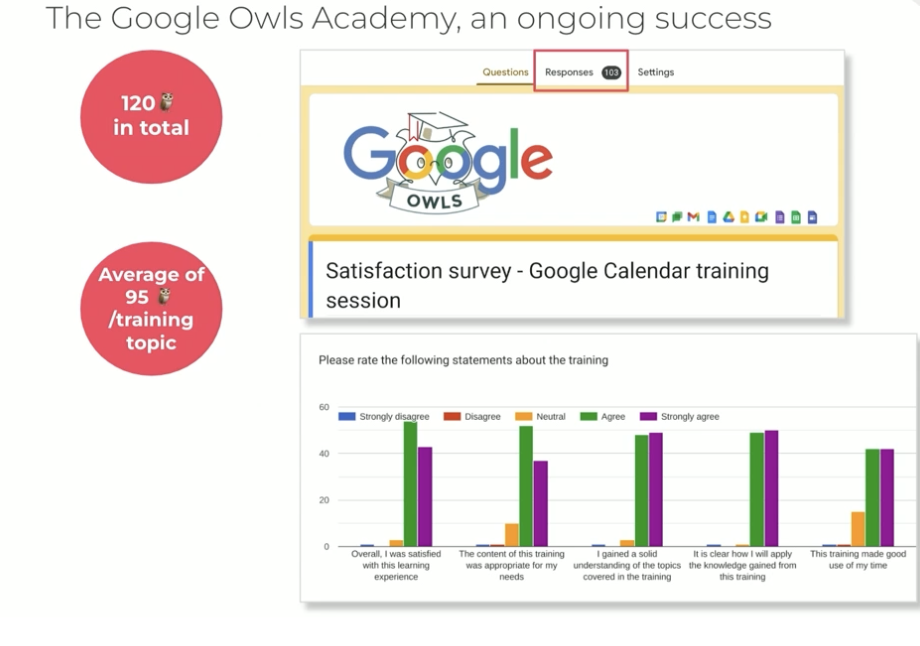
The success of the Google Owls Academy has paved the way for further expansion. The team plans to introduce a second tier to cater to existing participants’ ongoing development and explore extending the Academy to other platforms within the organisation. By aligning with the Google roadmap, embracing emerging trends, and leveraging new tools and features, the Academy aims to continually provide valuable knowledge and empower employees across various domains.
Conclusion
Barry Callebaut’s adoption of Google Workspace has been a transformative journey that has enhanced collaboration, productivity, and communication within the company. By transitioning from Lotus Notes to Google Workspace, Barry Callebaut achieved seamless collaboration and accessibility across devices and locations.
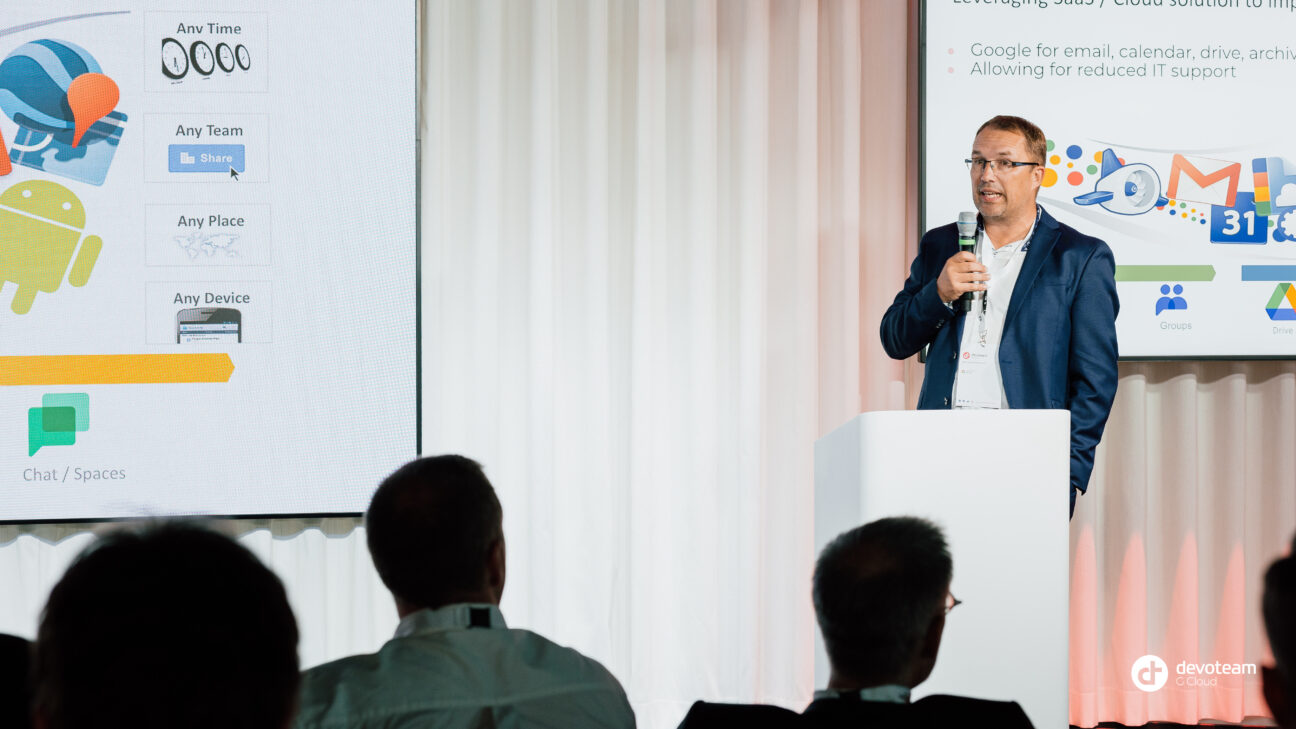
Join the Future of Workspace
Are you ready to take your workspace to the next level? At Barry Callebaut, they understand the importance of staying ahead of the curve and they are preparing our employees to ride that rocket. Are you keeping an eye out for the future of workspace adoption?